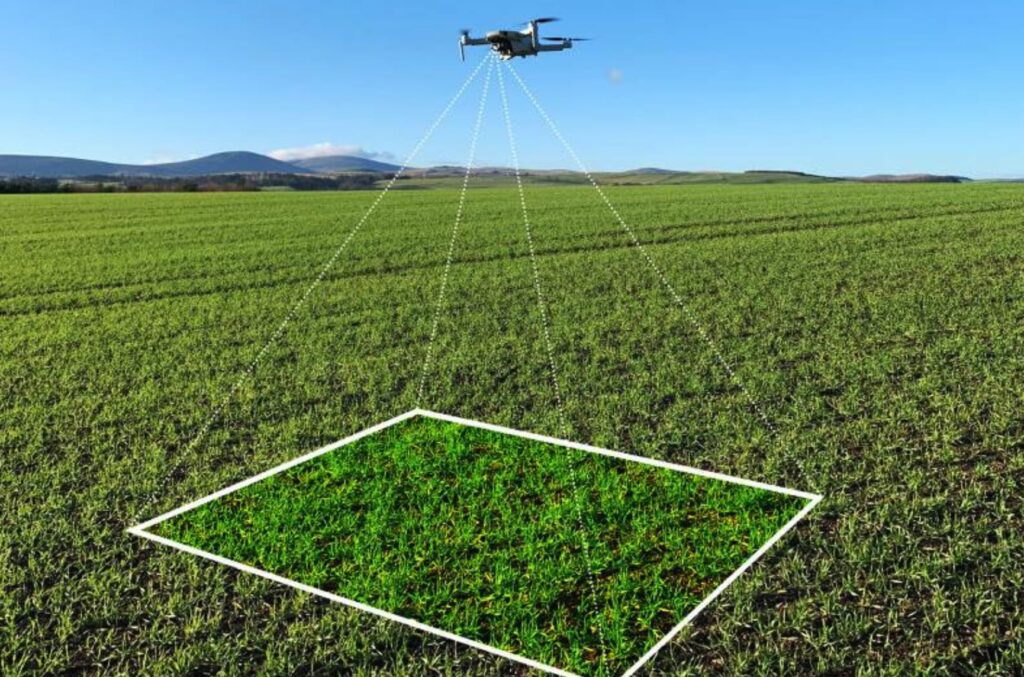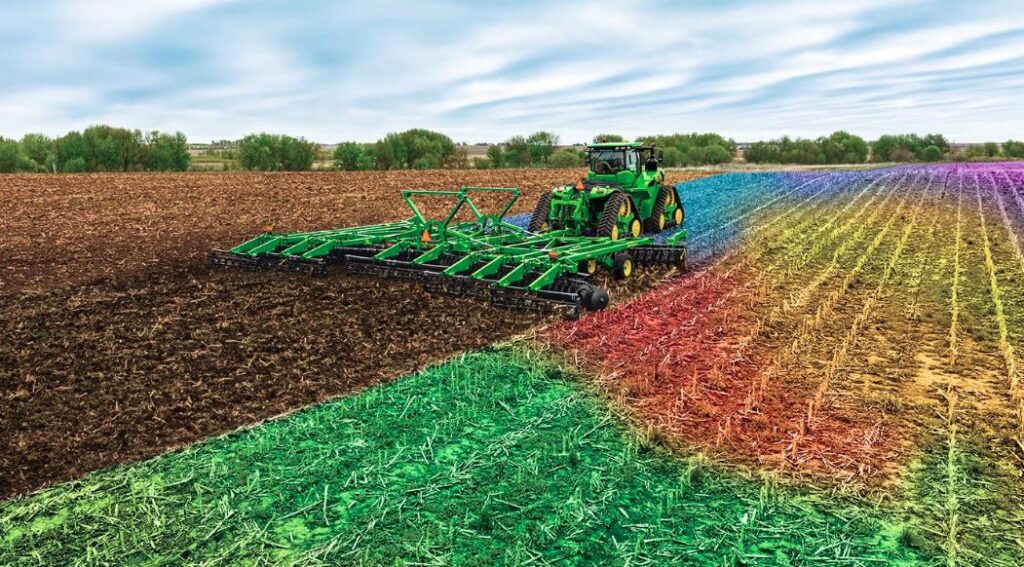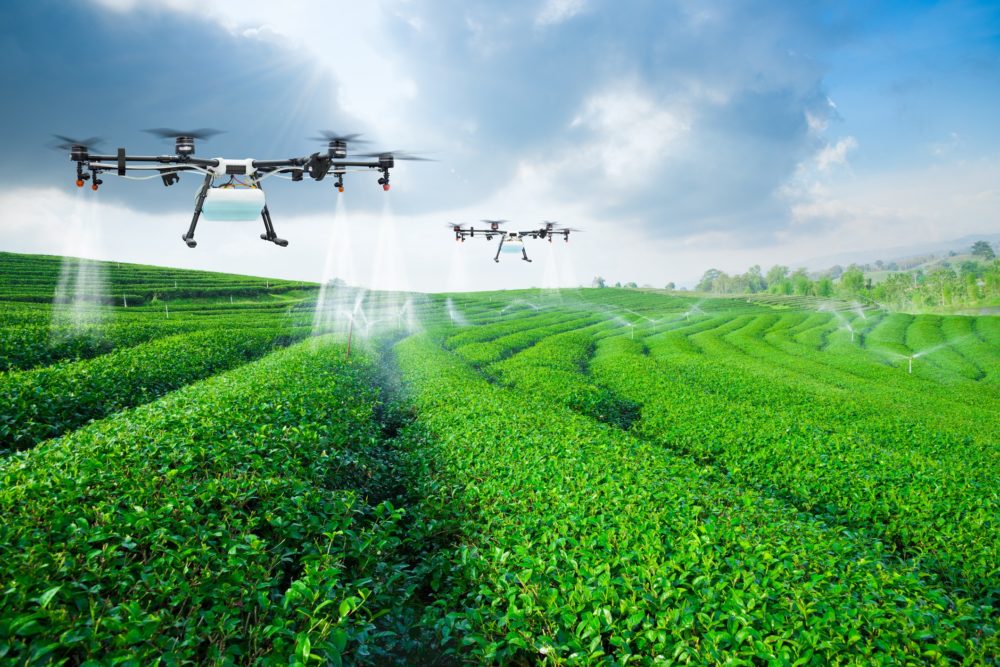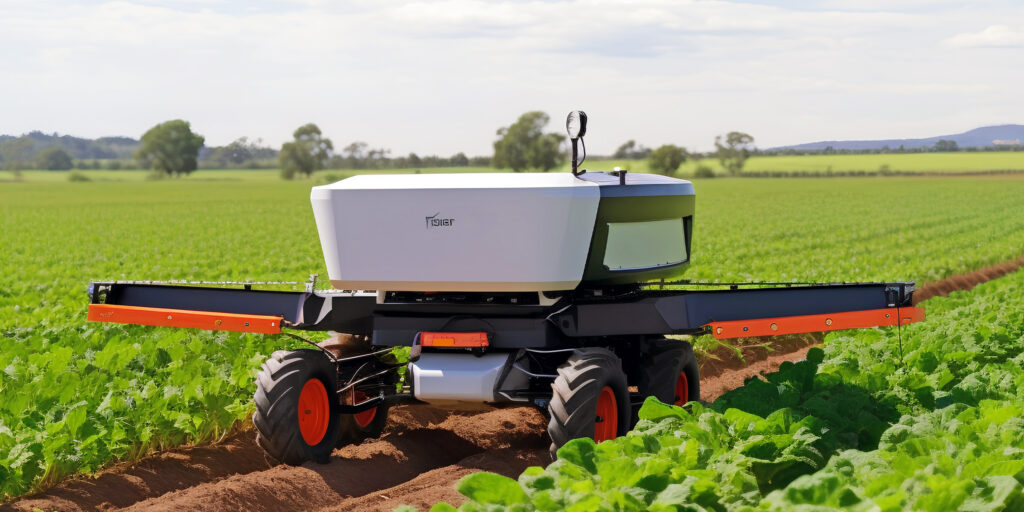Imagine this: you’re standing in the middle of a wheat field, and instead of a farmer yelling at a tractor, there’s a drone hovering above, scanning the crops like it’s on a secret mission from NASA.
Welcome to AI in Precision Agriculture, where farming gets a tech upgrade, and your vegetables might be smarter than your phone. A tiny soil sensor is quietly texting a server about moisture levels somewhere nearby. And yes, that tractor? It’s driving itself.
Welcome to Precision Agriculture, aka farming meets Silicon Valley.
At the heart of it all? Artificial Intelligence. Not the scary robot-wants-to-be-human kind, but the helpful, behind-the-scenes kind that helps feed us better, faster, and cleaner.
Let’s dig in (pun intended).
What Is Precision Agriculture, Anyway?
Precision agriculture (smart farming) is like giving your farm a Fitbit and a brain.
Instead of treating an entire field the same way, you break it down into zones—checking which parts need more water, less fertilizer, or a pep talk. This means:
-
Less waste
-
More yield
-
Happier soil
-
Farmers who don’t have to guess anymore
The big idea is data-driven decision-making. And who does data best? You guessed it: AI.
How AI Is Changing the Farming Game

If farming was once about muscle and instinct, today it’s about models and machine learning. Here’s how AI fits in:
-
Computer Vision: AI analyzes crop images (from drones or satellites) to detect pests, diseases, or nutrient deficiencies—basically a plant doctor in the cloud.
-
Predictive Analytics: AI uses weather data, soil data, and historical yield to tell farmers when to plant, how to irrigate, and what to harvest.
-
Automation: Self-driving tractors and robotic weeders use AI to navigate fields with GPS-level accuracy.
-
Chatbots for Farmers: Yup. In some countries, farmers can text AI bots questions like “Why is my corn sad?” and get real-time advice.
The Tools of the Trade: From Drones to Dirt Sensors
Here’s a quick rundown of what smart farmers are working with:
| Tool | What It Does | AI Role |
|---|---|---|
| Drones | Aerial crop monitoring | Image analysis, anomaly detection |
| Soil Sensors | Tracks pH, moisture, and temperature | Data feeding predictive models |
| Satellites | Monitors weather, crop health from orbit | Remote sensing + AI vision |
| Autonomous Tractors | Self-driving and self-plowing | Uses AI for navigation + decision-making |
| Smart Irrigation | Adjusts water flow based on need | AI controls timing and amount |
Every tool is part of a smart farming ecosystem, feeding data into AI models that make sense of it all.
AI Applications on the Farm (With Real Examples)

Cornfield Command Center – USA
Farmers in Iowa are using John Deere’s AI-enabled tractors that map their fields in real-time, adjusting seed depth based on soil quality.
Potato Whisperer – Netherlands
A startup called Connecterra uses AI to monitor dairy cows. The system learns cow behavior and health patterns, alerting farmers to early signs of disease.
Tomato Watch – Japan
Japanese farms use AI and IoT systems to track greenhouse conditions. AI tweaks humidity and lighting to grow perfect tomatoes. They even have emotion sensors (we’re not joking
The Benefits: Efficiency, Sustainability, and More Food (Yes, Please)
Let’s talk about why AI in farming isn’t just some sci-fi experiment. It’s already changing lives and lettuce.
Higher Yields with Lower Inputs
Thanks to AI, farmers can:
- Use less water but grow more crops
- Apply fertilizers only where needed, not everywhere
- Detect pests before they throw a rave on your crops
Research demonstrated that AI-based technology boosted wheat production by up to 30% with 20% less water consumption. That’s not just smart, it’s superhero-level smart.
Less Guesswork, More Chill
Before AI, farming was part science, part “hope and pray.” Now, AI can predict:
- When a disease might hit your cucumbers
- When the next drought is creeping in
- Which part of the field is secretly slacking
Farmers can plan better, sleep better, and finally take that fishing trip without worrying about their soybeans.
Better for the Planet

Less over-fertilizing means:
- Lower greenhouse gas emissions
- Healthier soils
- Cleaner groundwater
Precision = less pollution. Which is a win for your spinach and the sea turtles.
Labor Efficiency
With AI-powered machines doing the plowing, sowing, and weeding, farmers can redirect human effort to where it matters most—like crop research or taste-testing strawberries. Priorities, people.
The Challenges: Data, Cost, and Farmer Skepticism
Alright, it’s not all sunshine and perfectly ripe tomatoes. There are still many difficulties for AI to overcome in the agricultural sector.
The Cost of Going High-Tech
Some AI-powered tools cost more than a brand-new pickup truck. For small-scale farmers, that’s a big “nope” unless there’s a solid return on investment.
Even if the price drops, there’s still:
- Subscription fees for AI platforms
- Maintenance for hardware
- The internet remains sketchy in several rural locations, posing difficulties.
Data Overload Is Real
AI systems need data a lot of it. And while farms produce tons of data, organizing it is like herding sheep with Wi-Fi.
Plus, there’s the data ownership dilemma:
- Who owns sensor data? The farmer? The tech company?
- Can the data be sold? (Spoiler: it already is in some places)
It’s the Wild West out there, digitally speaking.
Farmer Trust (or Lack Thereof)
Some farmers aren’t quite ready to trust a drone that looks like it belongs in a Marvel movie.
You’ll hear:
“I’ve been farming for 40 years and never needed a robot to tell me when to plant onions.”
Fair. But with a little training and a few success stories, skepticism is slowly turning into curiosity.
The Future: AI Farmers and Smart Chickens?
Where’s this all headed? Buckle up, the tractor of tomorrow is driving itself and possibly has its own TikTok account.
AI Will Manage Entire Farms
Fully autonomous farms might not be far off. AI will:
- Control irrigation
- Monitor livestock health
- Deciduous planting/harvesting schedules
- Order supplies before the farmer even realizes they’re running out
AI will be your farm’s manager, accountant, and weather psychic.
Smart Livestock
Yes, even the chickens are getting an upgrade. AI systems are being tested to:
- Track movement patterns (to spot illness early)
- Monitor food/water intake
- Play soothing sounds (happy chickens = better eggs)
We’re not saying your chicken might start tweeting their feelings, but… we’re not not saying that either.
Global Food Systems Connected by AI
AI won’t just help individual farms, it’ll help the entire planet produce and distribute food smarter. Imagine:
- Global crop predictions
- Real-time drought alerts
- AI-coordinated shipping to avoid food waste
This is where AI goes from cool tool to life-saving technology.
Final Thoughts: Not Your Grandpa’s Farm Anymore

AI isn’t replacing farmers. It’s empowering them giving them better tools, clearer insights, and a whole new level of control over nature’s unpredictability.
In short:
- You still need the farmer’s wisdom
- You just add in some sensors, a couple of algorithms, and a dash of cloud computing
So next time you eat a tomato that tastes just right or bite into a burger from a cow that lived its best, well-monitored life, thank AI. And maybe the chicken, too.
Curious about how AI is transforming agriculture beyond precision farming? Check out this deep dive on AI in agriculture technology and see how the revolution is just getting started.
